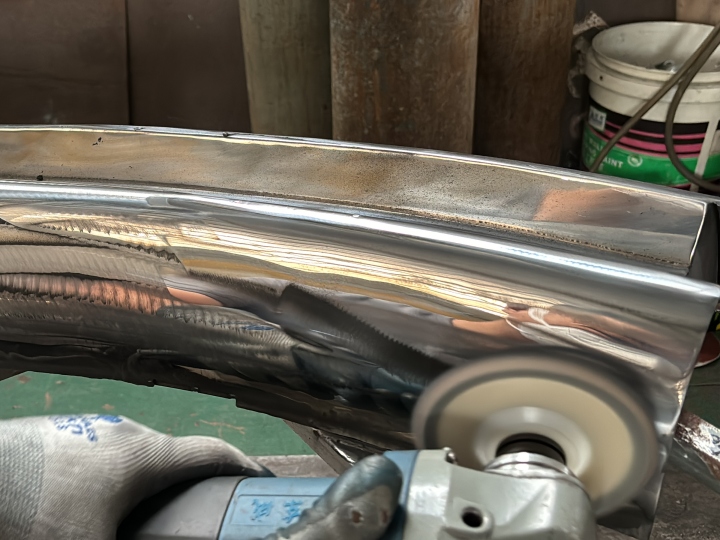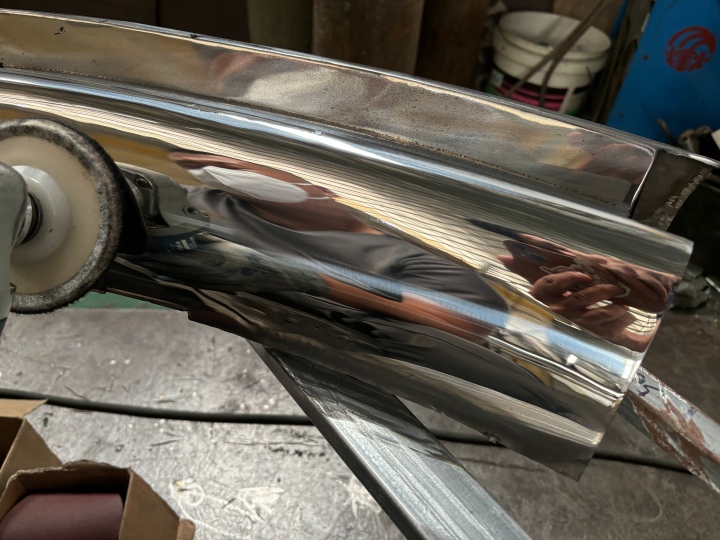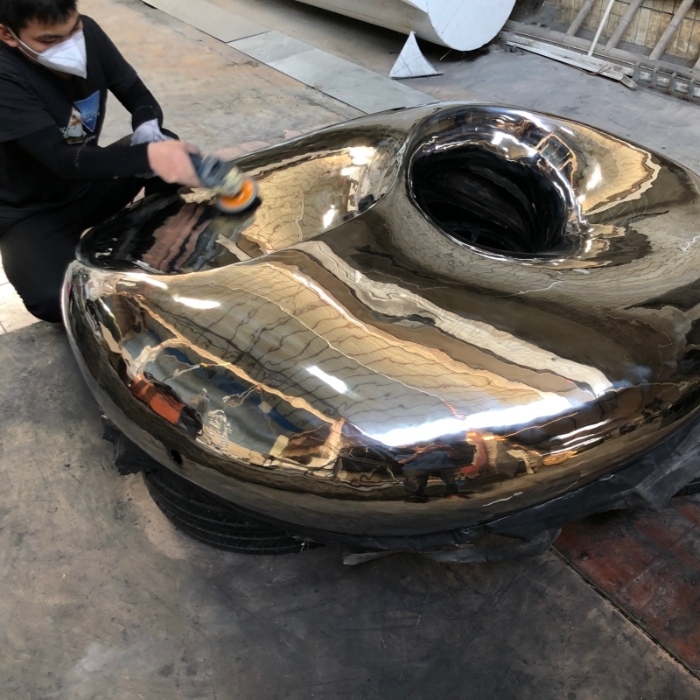Metal Polishing: Expert Surface Finishing
Sheet Metal Manufacturing Process: Polishing
Metal polishing is a meticulous process aimed at refining the surface of metal objects to achieve a smooth and glossy finish. It involves the use of specialized tools, equipment, and abrasive materials to remove imperfections, scratches, and other surface defects from metal surfaces. The process begins with the selection of appropriate abrasives, such as polishing compounds or abrasive pads, based on the type of metal and the desired finish.
During metal polishing, the metal object is secured in place, and the polishing tool is applied with controlled pressure and precision movements to the surface. This action creates friction between the abrasive material and the metal, resulting in the removal of surface irregularities and the gradual refinement of the surface texture.



As the polishing progresses, finer abrasives are used to achieve higher levels of smoothness and shine. This may involve multiple polishing stages, each aimed at progressively refining the surface finish. Additionally, lubricants or cooling agents may be used to prevent overheating and to facilitate the polishing process.
Metal polishing requires skill, patience, and attention to detail to ensure uniformity and consistency in the final finish. Skilled craftsmen or metalworkers often perform metal polishing by hand, employing their expertise to achieve the desired results. However, automated polishing machines are also utilized in industrial settings for large-scale metal polishing operations.
Overall, metal polishing plays a crucial role in enhancing the appearance, quality, and functionality of metal objects. In sheet metal fabrication and sheet metal manufacturing, it is a very important part of metal surface treatment, and the polishing process makes the subsequent process better.

